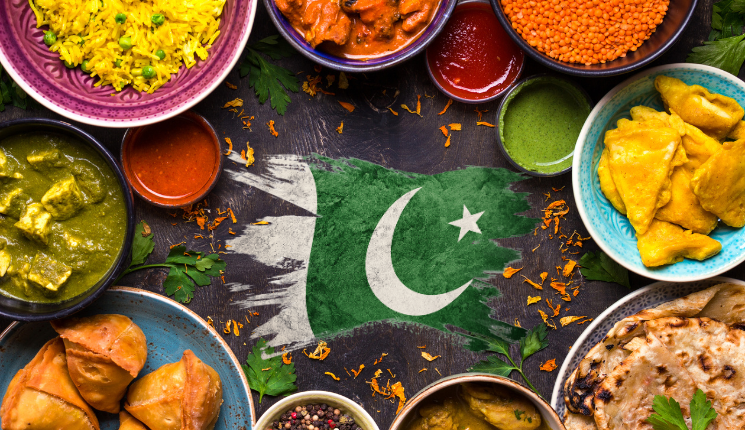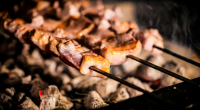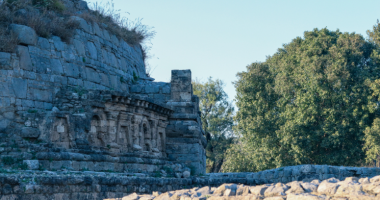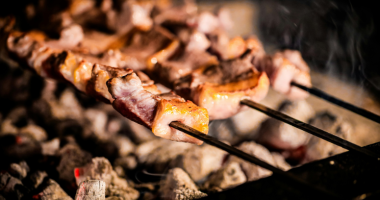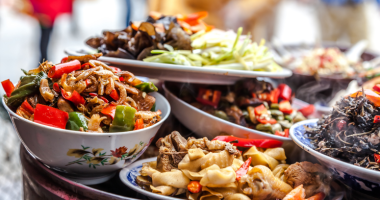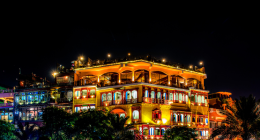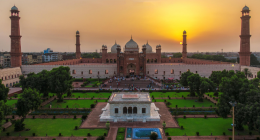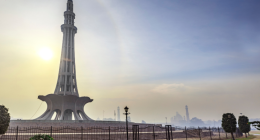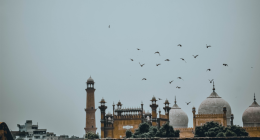When you think of Pakistan, food probably isn’t the first thing that comes to mind. But it should be! From north to south, east to west, Pakistan food culture is full of rich flavors, historic recipes, and cultural depth. Every province offers a different taste, each shaped by local customs, climate, and tradition.
Let’s take a trip across Pakistan and explore how food brings people together in the most delicious ways.
Punjab and Pakistan Food Culture
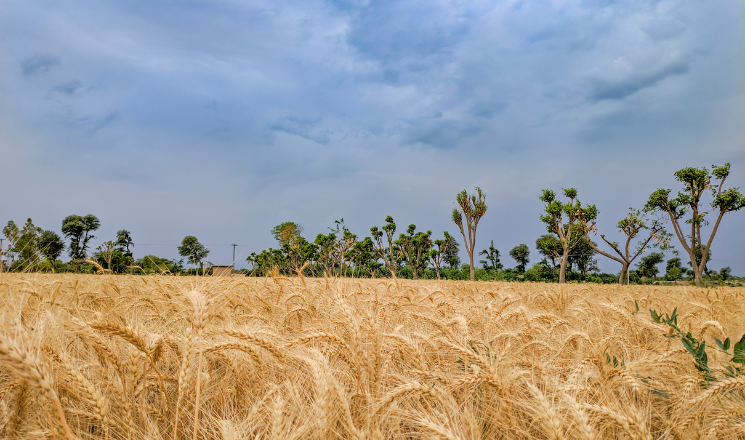
Punjab is a food lover’s paradise. Known for its farmland and hearty cuisine, this region captures the spirit of Pakistan food culture with its warm, bold dishes.
Signature Punjabi Dishes
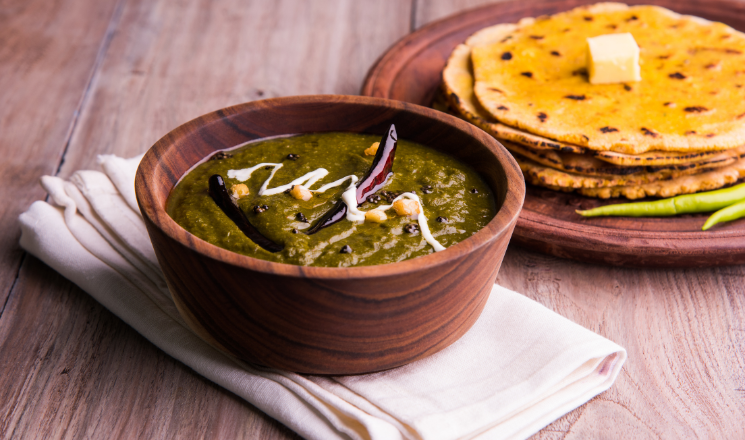
From buttery chicken karahi to sarson da saag with makki di roti, Punjab’s food is rustic, flavorful, and often rich in dairy. Lassi (a traditional yogurt drink) balances out the spices and is enjoyed with almost every meal.
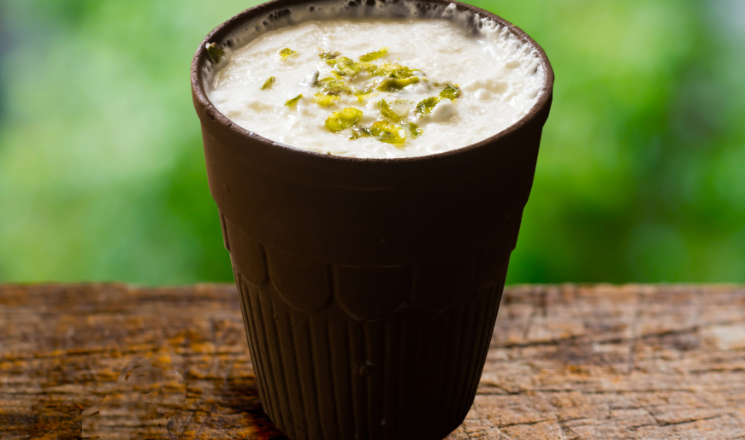
Not only do snacks like gol gappay and pakoras bring people together, but they also highlight how food enhances social gatherings. Additionally, these savory bites are especially popular during festivals and rainy days. Moreover, the food here celebrates life, generosity, and love—true to Punjabi values.
Spicy Sindhi Staples in Pakistan Food Culture
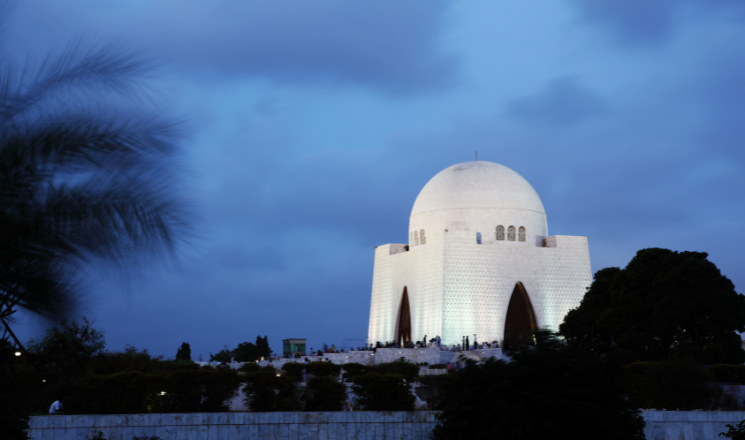
Sindh is located in southern Pakistan and is famous for its bold, spicy food. The dishes here offer a full-on flavor punch!
Sindhi Food Highlights
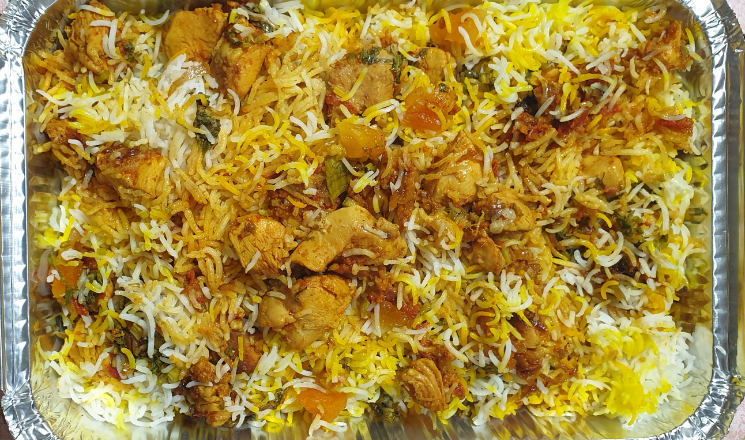
Sindhi biryani, a spicy rice and meat dish, is one of the most loved meals in Pakistan. What sets it apart? The use of plums, mint, and potatoes, which give it a unique taste.
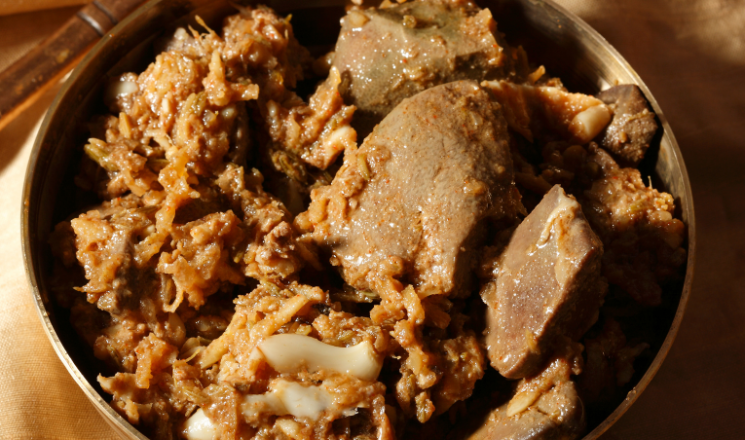
Other notable dishes include Sai Bhaji (a spinach and lentil stew) and Bhugal Ghost (slow-cooked meat in spices). These dishes are often made with love and shared at family dinners.
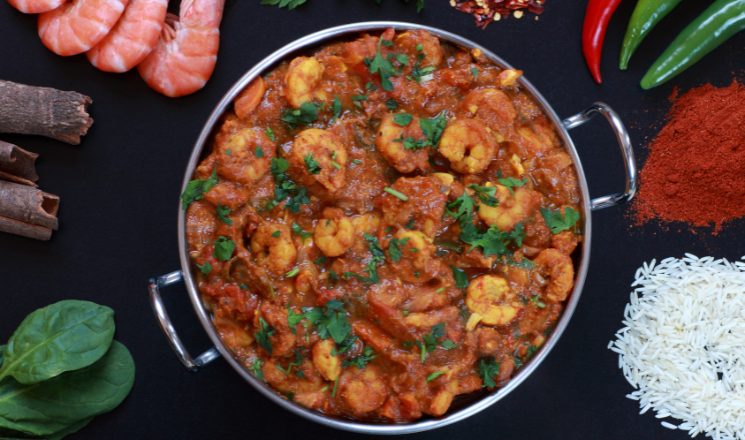
Additionally, Sindh’s coastline brings in fresh seafood like fish curry and shrimp masala. Transitioning to the sweet side, desserts like Seviyan (sweet vermicelli) are popular during festivals.
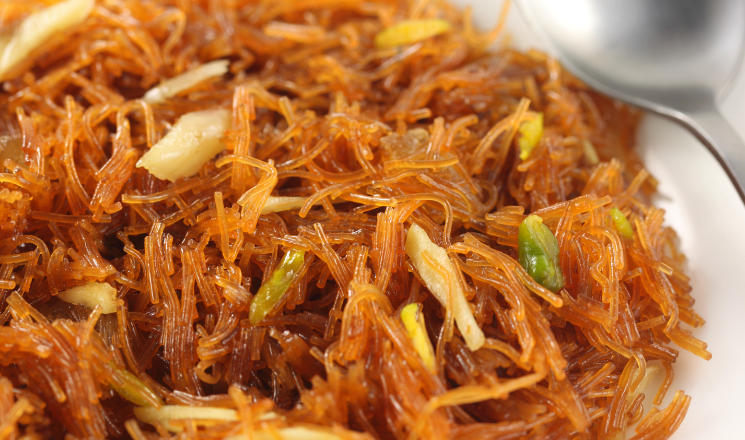
No matter the occasion, Sindhi food is all about celebrating taste and tradition.
Balochi Traditions in Pakistan Food Culture
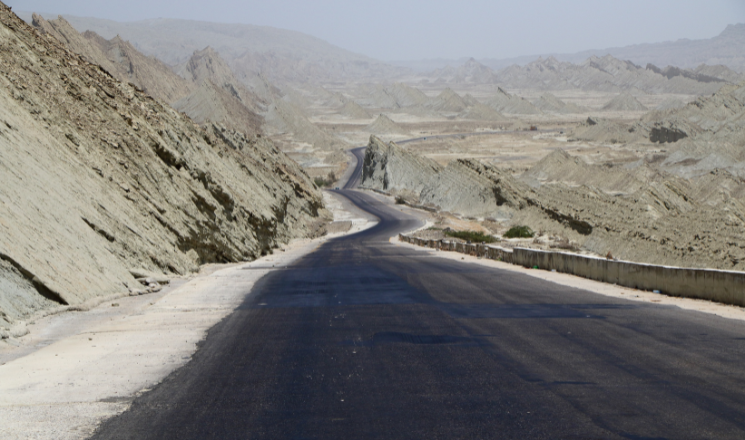
Balochistan gives us food that’s cooked slowly, often outdoors, with minimal spices but maximum flavor. This rugged region has carved its identity into Pakistan food culture through unique meat dishes.
Baloch Culinary Heritage
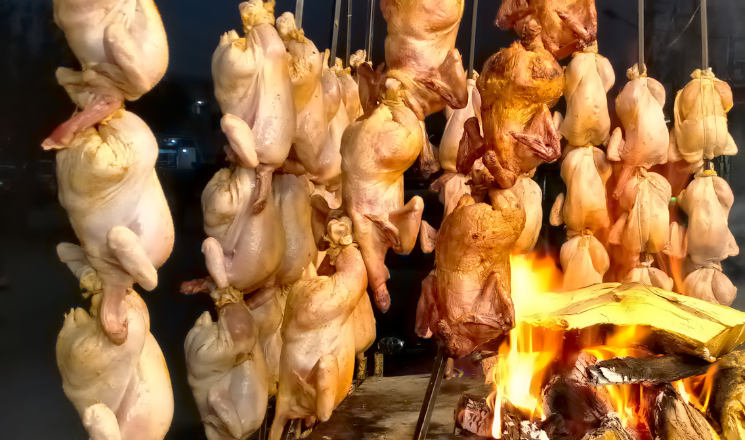
Sajji, Balochistan’s most iconic dish, is a whole chicken or lamb roasted on a spit with salt and stuffed rice. Its smoky taste and tender texture are unforgettable.
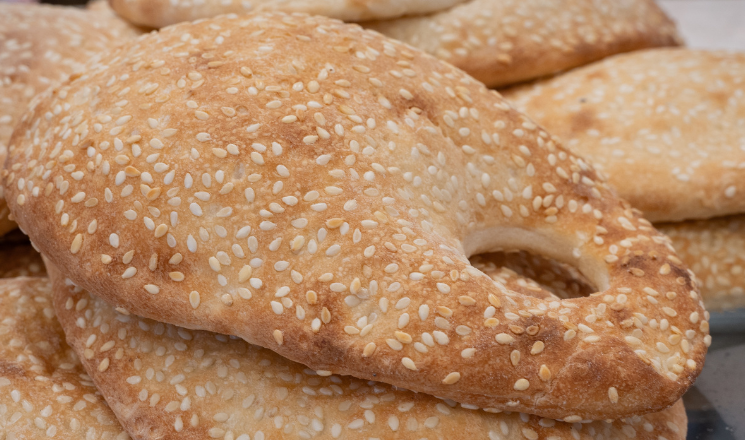
Local bread like Kaak, baked against hot stones, is often served with meat. Due to the province’s dry climate, preserved foods like Landhi (sun-dried meat) are common.
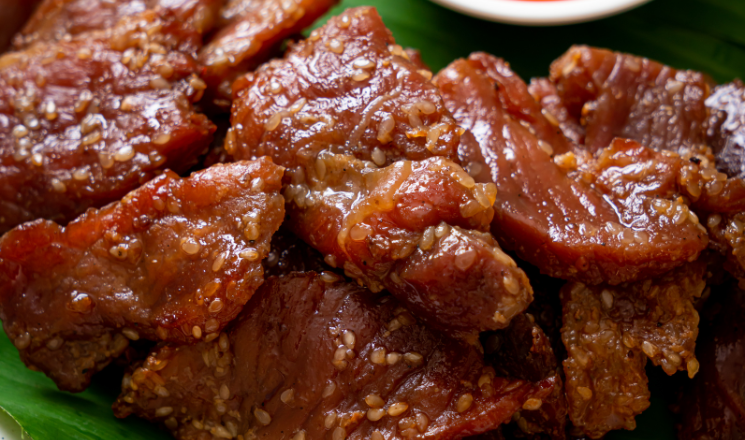
Although ingredients are few, the flavors are deep and memorable. Every bite tells a story of resilience and heritage. Transitioning into village life, food becomes a social affair—cooked slowly and shared generously.
Khyber Pakhtunkhwa: Meat in Pakistan Food Culture

Nestled in the north-west, Khyber Pakhtunkhwa (KPK) is where food meets hospitality. Influenced by Afghan traditions, the food is all about meats, breads, and subtle spices.
Top KPK Dishes
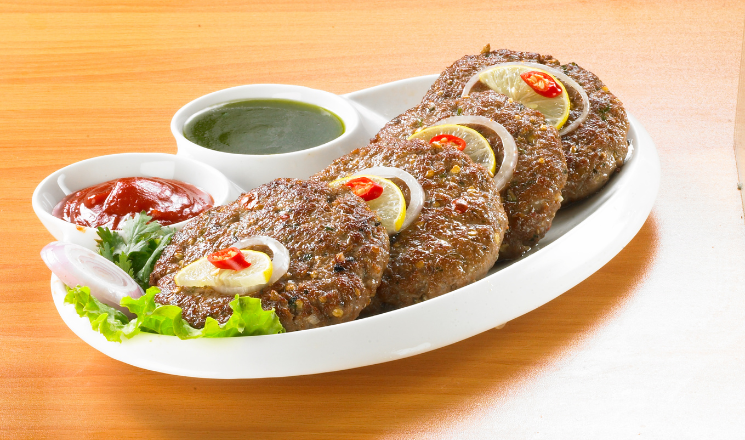
You can’t visit Peshawar without trying Chapli Kebab—spicy beef patties fried until crispy. Another favorite is Kabuli Pulao, a fragrant rice dish with raisins and carrots served during special events.
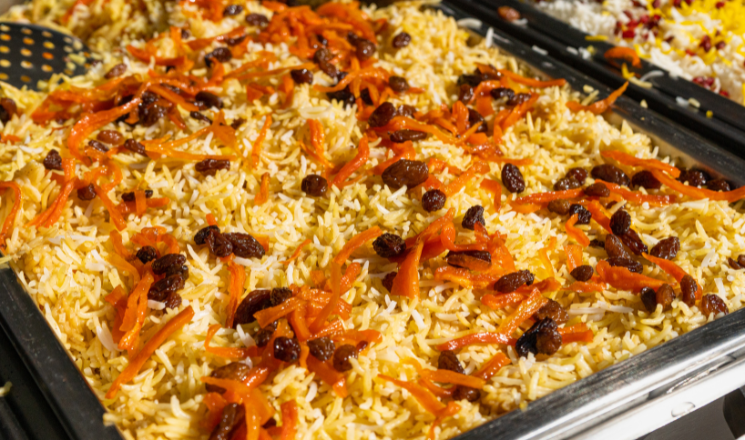
Here, food is cooked with fewer spices but focuses on technique and texture. Namak Mandi Karahi, made with lamb and green chilies, is another must-try.
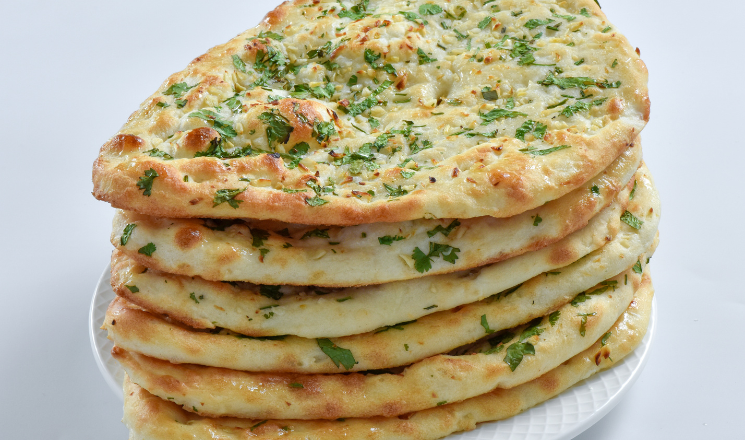
Every meal is accompanied by naan or tandoori roti, freshly baked in clay ovens. Transitioning through KPK, you’ll find that food is as much about community as it is about taste.
Gilgit-Baltistan’s Fresh Take on Pakistan Food Culture
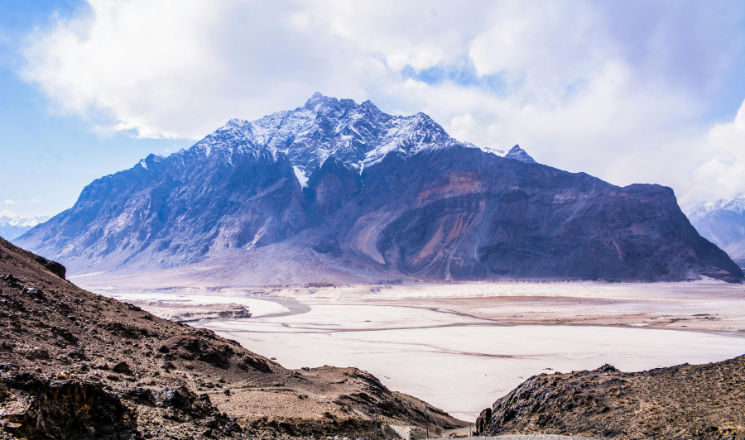
Located in the mountainous north, Gilgit-Baltistan brings a refreshing simplicity to Pakistan food culture. Due to the region’s climate, food is healthy, warm, and made from local ingredients.
Local Northern Delights
Staples include Chapshuro, a savory meat-filled bread, and Gyaling, a soft, wheat-based bread enjoyed with butter and honey. Dairy products, dried fruits, and whole grains form the base of most meals.
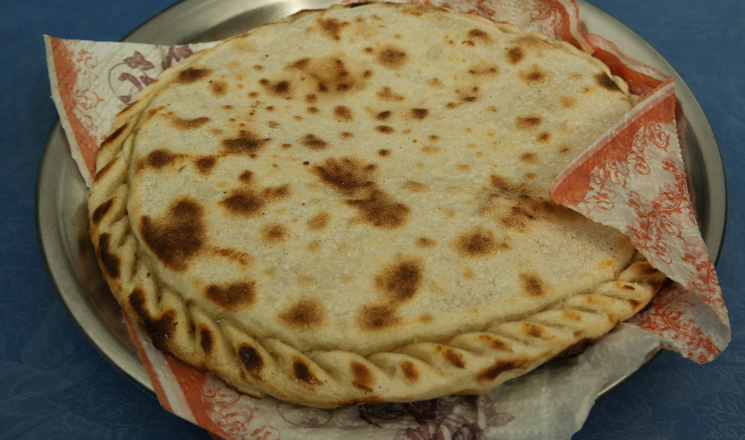
Another regional favorite is Yak butter tea, perfect for cold mornings. Though unfamiliar to outsiders, it’s a beloved tradition in mountain communities.
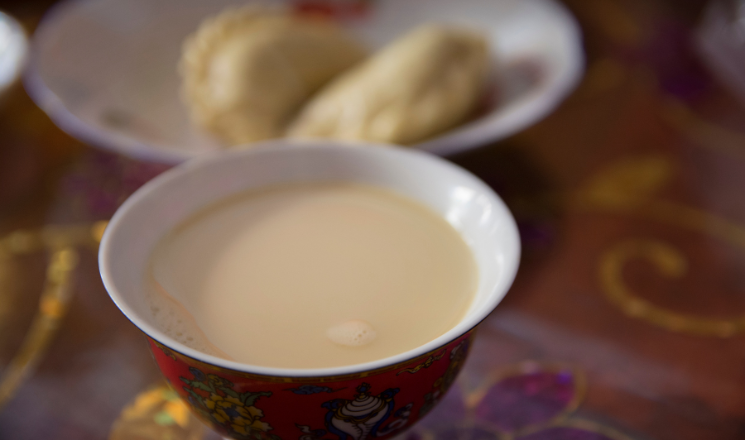
Transitioning between towns like Hunza and Skardu, you’ll taste dishes designed to nourish and energize locals who live active, high-altitude lives.
Kashmiri Cuisine: Delicate, Rich, and Fragrant
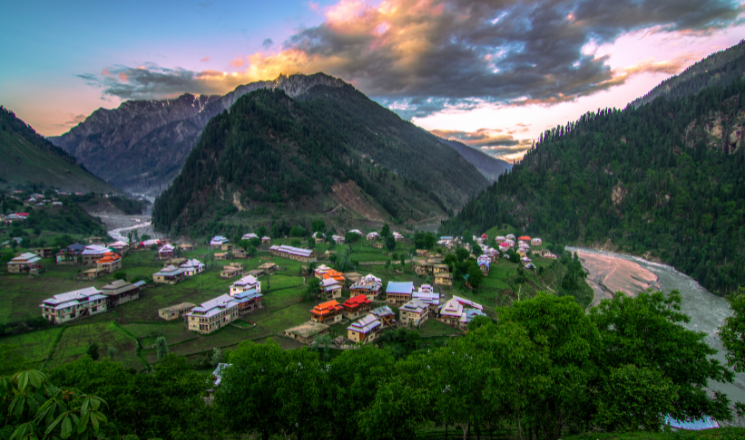
Azad Jammu and Kashmir’s cuisine is as stunning as its landscape. Influenced by Persian flavors, it focuses on fragrant spices and creamy textures.
The Royal Taste of Kashmir
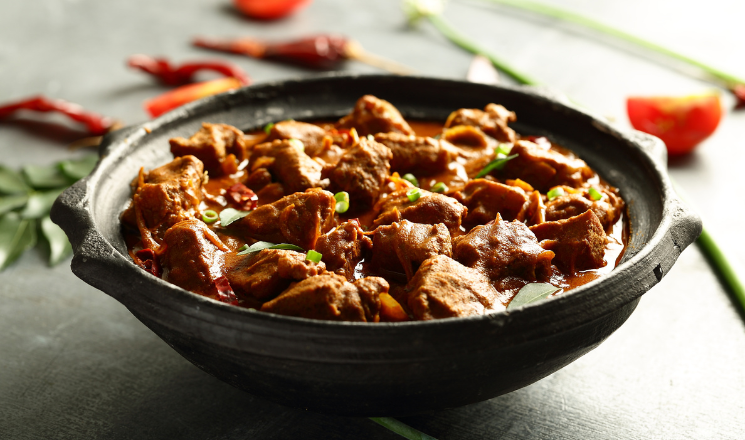
The most famous dish is Rogan Josh, a slow-cooked lamb curry made with aromatic spices. Gushtaba, meatballs in a creamy yogurt sauce, is served at special events.
Kashmiris also enjoy Kahwa, a green tea infused with cardamom, almonds, and saffron. It’s the perfect way to end a meal.
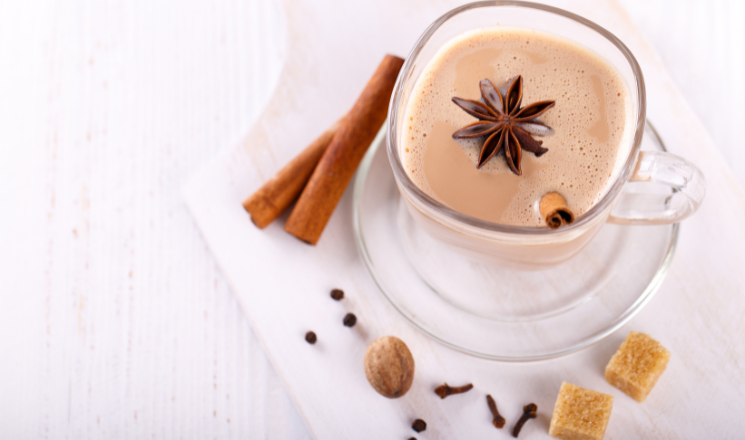
Transitioning through valleys and meadows, food here is more than just nourishment—it’s a part of cultural expression and pride.
Across Pakistan: Shared Traditions and Modern Trends
Despite regional differences, Pakistan food culture shares some common threads. Food is a form of hospitality, often served to guests with a big smile and even bigger portions.
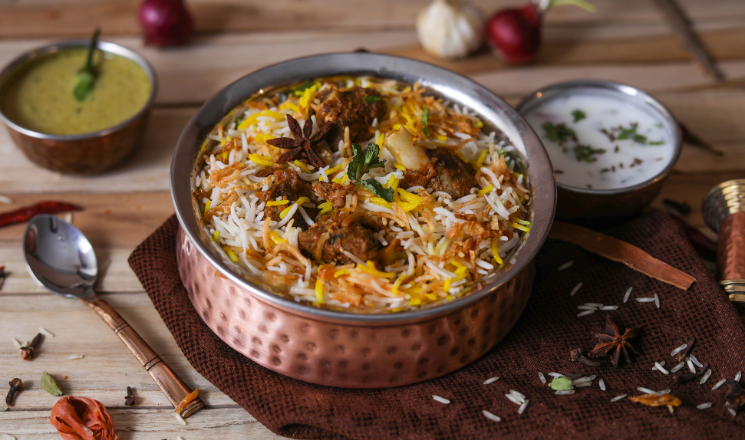
Staples like naan, biryani, kebabs, and tea are enjoyed across the country, although cooked slightly differently depending on where you are.
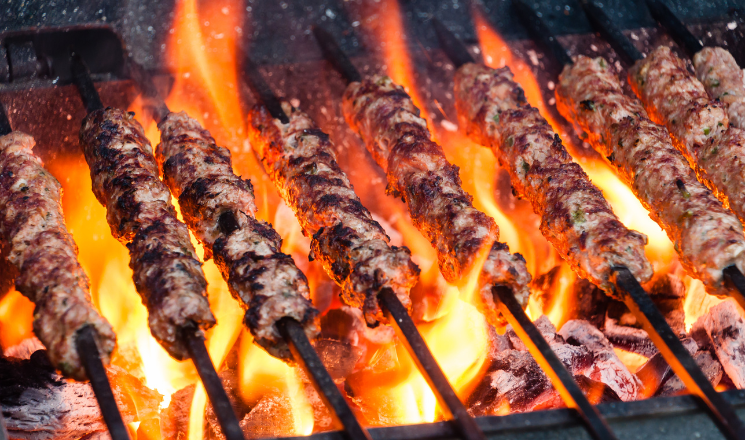
Today, modern apps like Zaiqa App and platforms like Cookpad Pakistan are helping home chefs connect, swap recipes, and keep traditional dishes alive in a digital world.
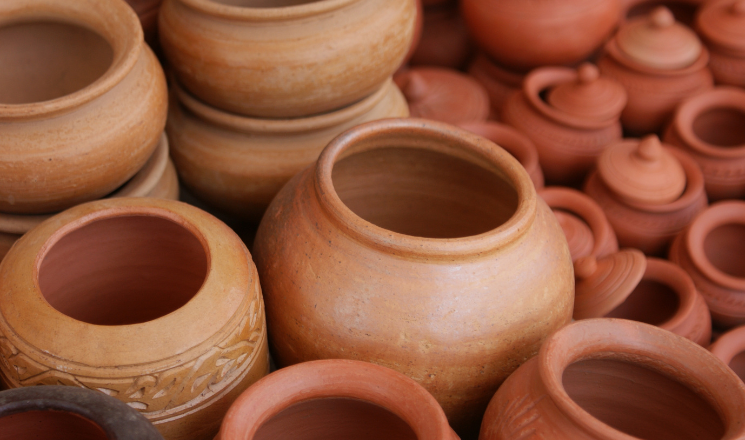
Even with modernization, traditional cooking techniques—like using tandoors, clay pots, and open fire grills—continue to hold value.
Where to Eat and Explore Pakistani Cuisine
If you’re eager to try authentic Pakistani food, don’t just stick to big restaurants. Transition into local eateries and street vendors—they’re where the real magic happens.
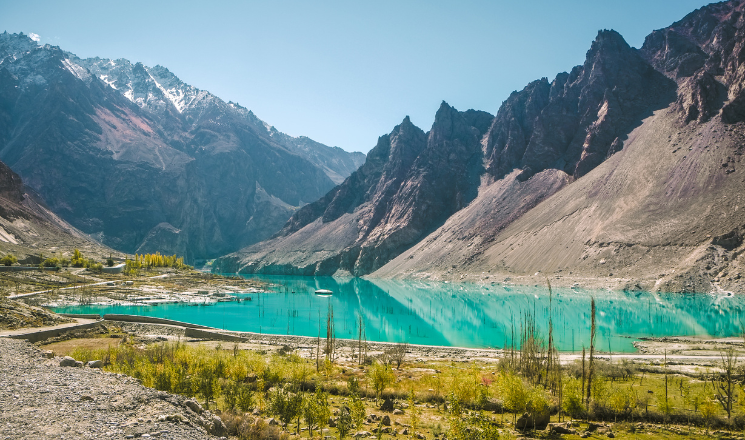
Here are some must-visit food spots across Pakistan:
- Burns Road in Karachi for legendary street food
- Fort Road Food Street in Lahore for views and meals
- Namak Mandi in Peshawar for meaty delights
- Gilgit and Hunza for clean, fresh, mountain meals
Food festivals like Lok Virsa Mela in Islamabad also showcase diverse flavors under one roof.
Final Thoughts: A Flavorful Identity
Pakistan food culture is more than recipes—it’s a way of life. Each region brings something special to the table, reflecting its people, land, and history.
As you explore these diverse food traditions, you begin to understand the country itself—diverse, rich, and full of heart. Whether you’re enjoying smoky Sajji, spicy biryani, or sweet Kahwa, each bite takes you deeper into Pakistan’s soul.
So, the next time you think about travel or culture, remember: food is the most delicious way to explore a nation.

